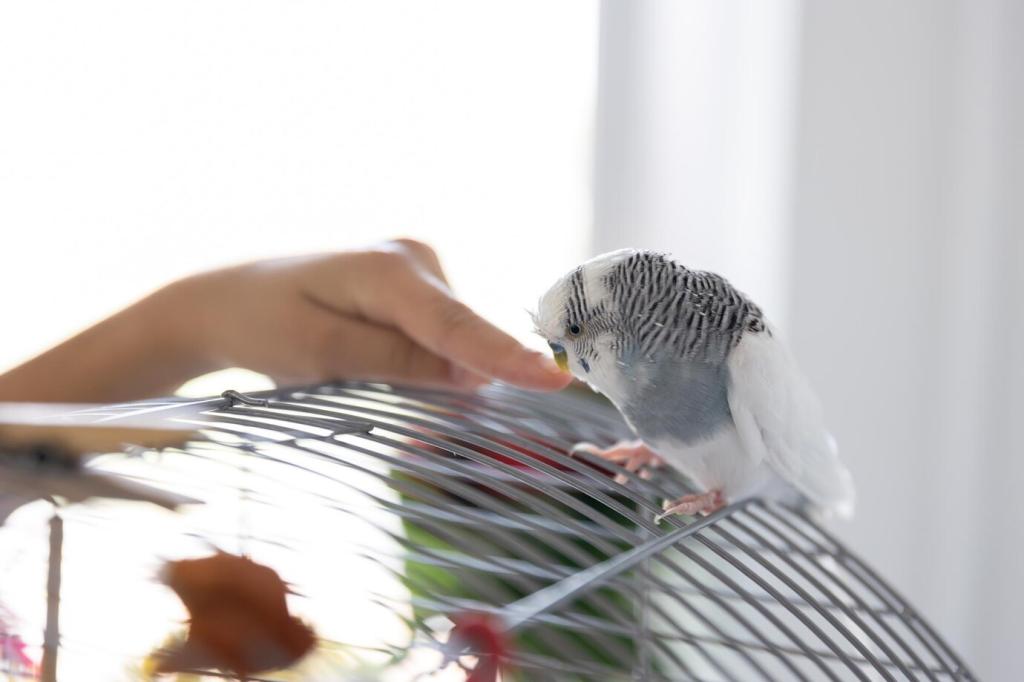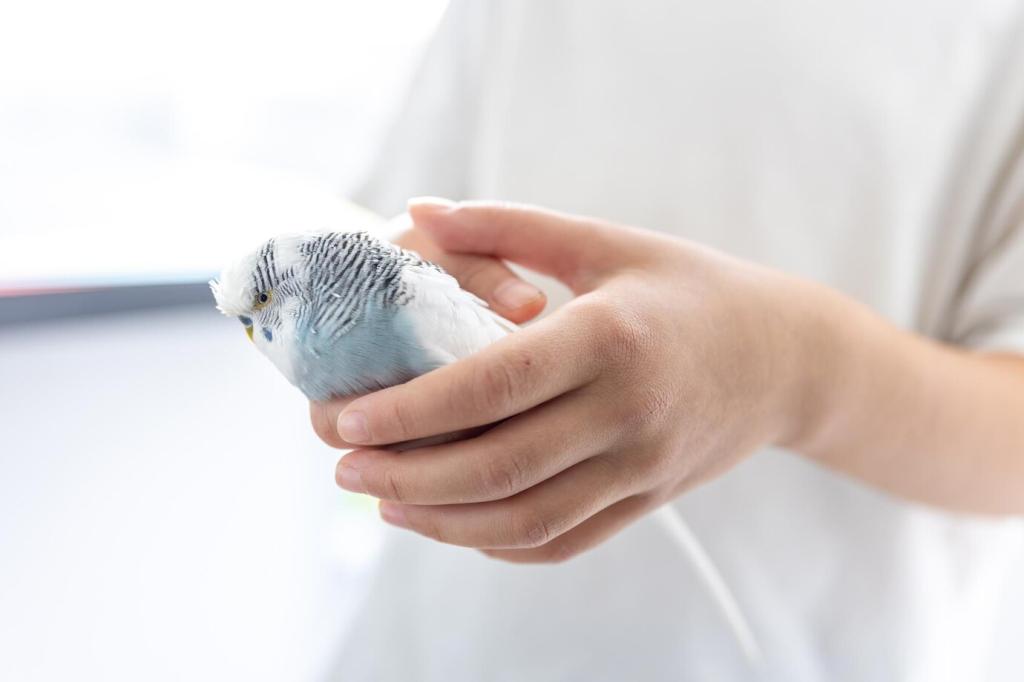Listening Like a Naturalist: Habitats and Soundscapes
Shrubland edges host chatty sparrows and mimic thrashers, while deep woods favor thrushes and vireos. Note where a voice arises before naming it. Map your listening spots and post your edge discoveries in the comments.
Listening Like a Naturalist: Habitats and Soundscapes
Over water, notes travel clean yet bounce, while dense forests soften highs and favor mellow, flute like tones. Listen for echo tails and muffled edges. Share a lakeside clip and describe how the sound carried.
Listening Like a Naturalist: Habitats and Soundscapes
City noise masks low frequencies, pushing birds toward higher pitches or altered timing. Dawn is your secret advantage. Set an early alarm this weekend, record from a balcony, and report which species cut through the hum.
Listening Like a Naturalist: Habitats and Soundscapes
Lorem ipsum dolor sit amet, consectetur adipiscing elit. Ut elit tellus, luctus nec ullamcorper mattis, pulvinar dapibus leo.




